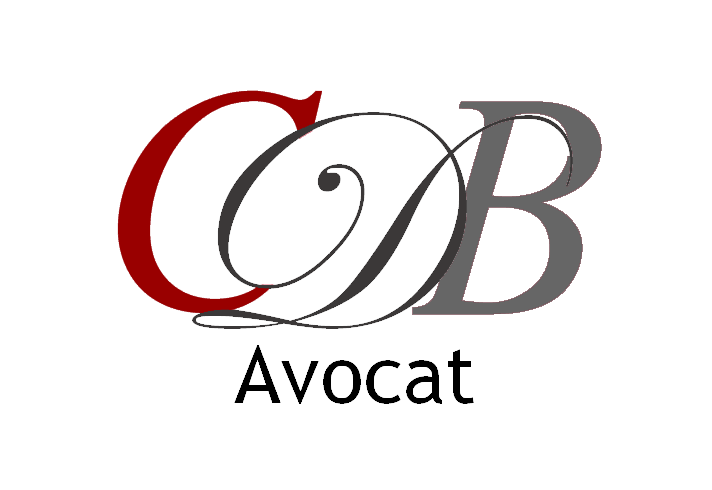In 2002, Guy and Alec Wildenstein declared an inheritance of 42 million euros after the death of their father Daniel. Twelve years later, in 2014, the French tax authorities sent Guy Wildenstein an upward adjustment of 550 million euros.
In 2002, Guy and Alec Wildenstein declared an inheritance of 42 million euros after the death of their father, Daniel. They paid inheritance tax of 17.7 million euros, which they settled by donating bas-reliefs sculpted for Queen Marie-Antoinette, which joined the Queen’s Dairy in Rambouillet (Yvelines). Twelve years later, in 2014, the French tax authorities sent Guy Wildenstein an adjustment of 550 million euros. Between these two events, it took the revolt of a widow, Sylvia Roth-Wildenstein, against her stepchildren and the pugnacity of her lawyer, Claude Dumont-Beghi, to lift the veil on a “system” of trusts hiding hundreds of works of art. Here followsan interview with this specialist in the fight against tax havens, who publishes the account of this investigation, Les milliards cachés des Wildenstein (The Hidden Billions of the Wildensteins). The trial of the Wildensteins opened last Monday in Paris.
"Thanks to my complaints, searches took place and it was discovered that at the Wildenstein Institute there were sequestered and stolen paintings."
Why publish this book when your client, Sylvia Roth-Wildenstein, Daniel’s widow, has now passed away?
Claude Dumont-Beghi: I had started writing it before her death and she gave me a post-mortem mandate to publish it. She put a lot of energy into getting things said and asked me to continue this word after she was gone. While my client had made a will in 2008 in which she asked that she continue her action, there are no more heirs and her sister has renounced the estate,. There is no financial interest in what I have been doing. I also do it to achieve decency. Even if they had paid the taxes they owed, the Wildensteins would still be billionaires.
Has his disappearance closed the legal action?
I no longer have a mandate to intervene. But we had filed two criminal complaints. The first for breach of trust, then for insolvency, concealment, forgery and forgery… I filed a civil action on behalf of my client. Once the public action was launched, it continued even after death, so my two complaints in 2009 flourished. Out of moral duty and conviction, I alerted the public authorities when I saw that there was going to be a tax statute of limitations. I wrote to François Baroin, then Minister of the Budget, in 2010, just before Sylvia Roth’s death – the letter is in the appendix of my book. The latter filed a complaint for tax fraud against the Wildensteins on the day of her departure… Thanks to my complaints, searches took place and it was discovered that at the Wildenstein Institute (rue La Boétie in Paris) there were sequestered and stolen paintings.
Source: Le Quotidien de l’Art
Author: Alexandre Crochet
Photo: Raphaël Beghi
